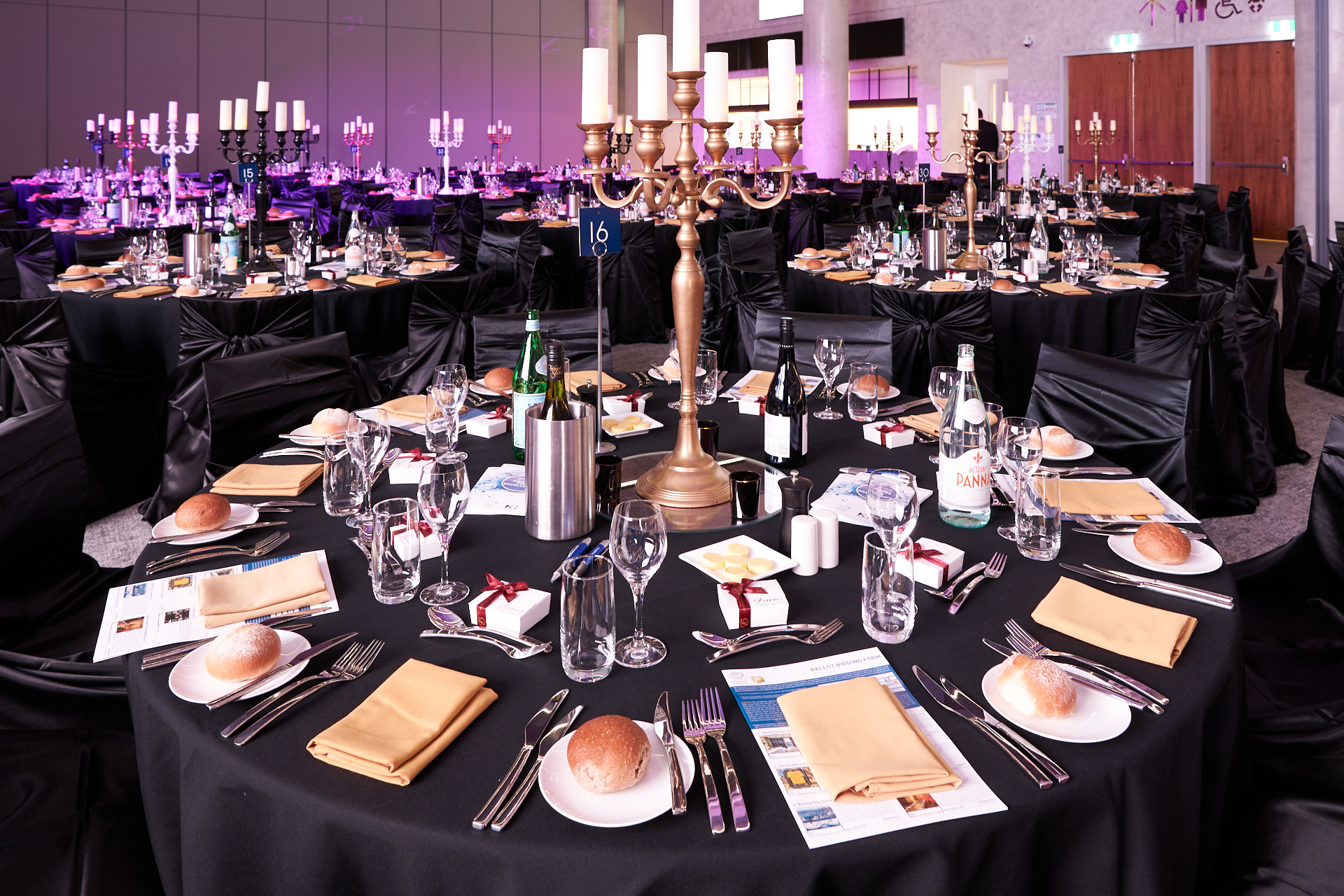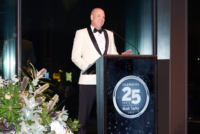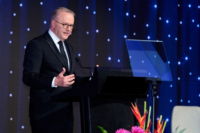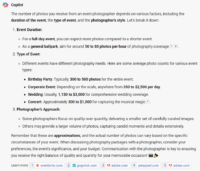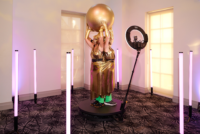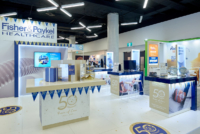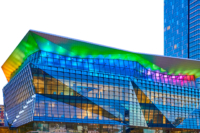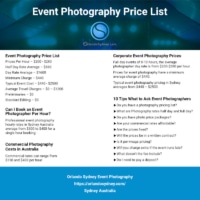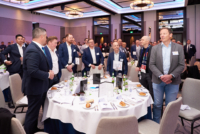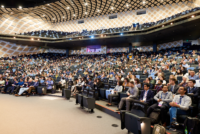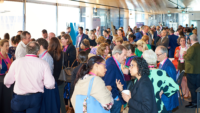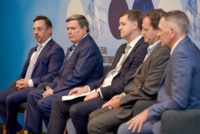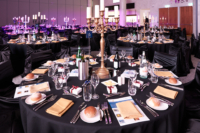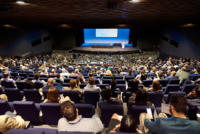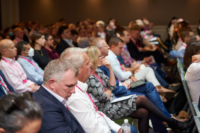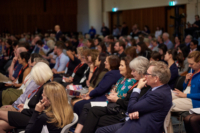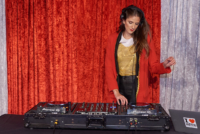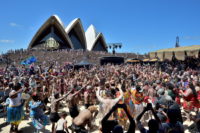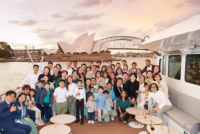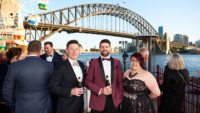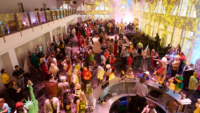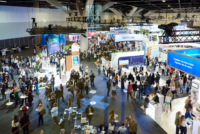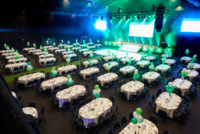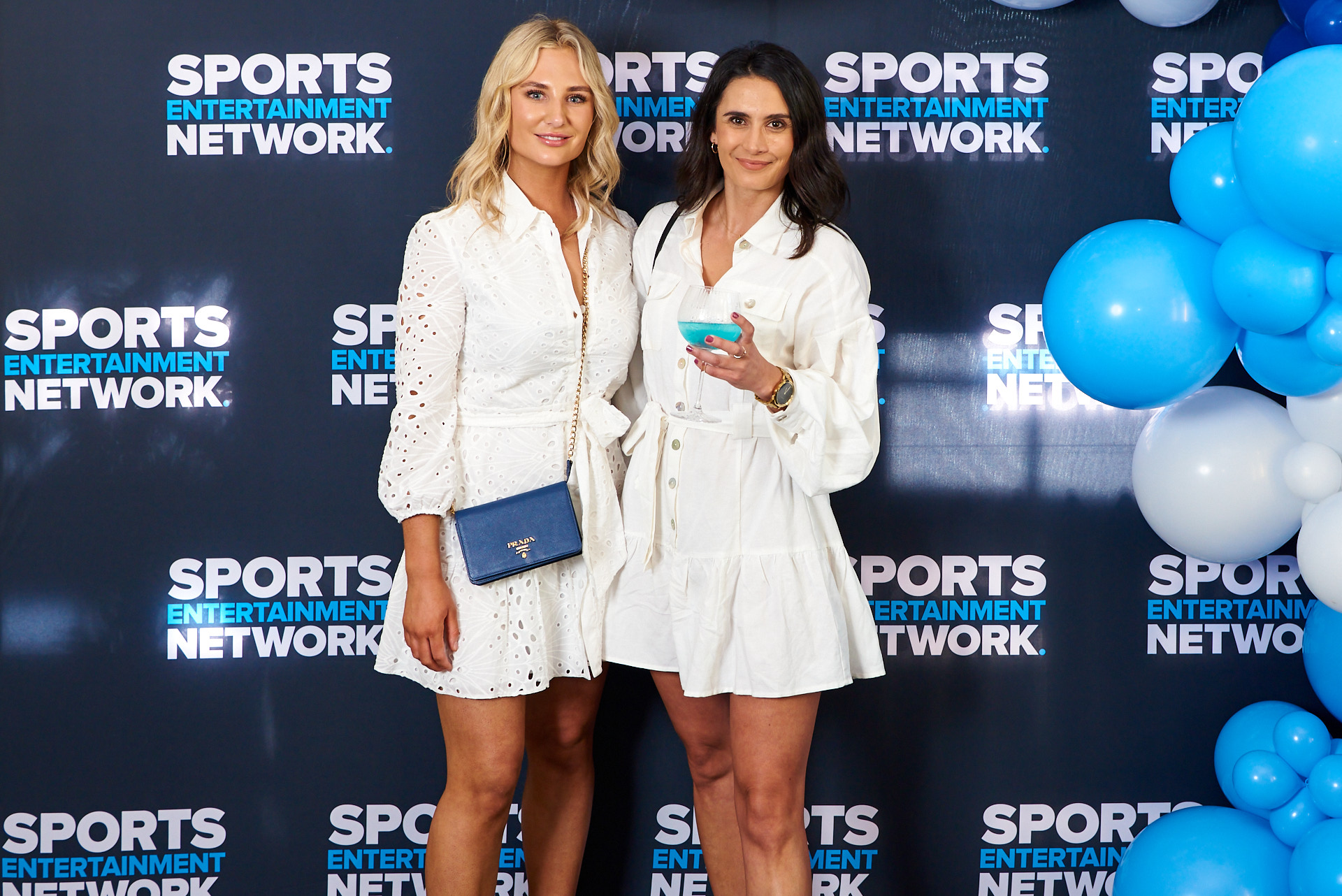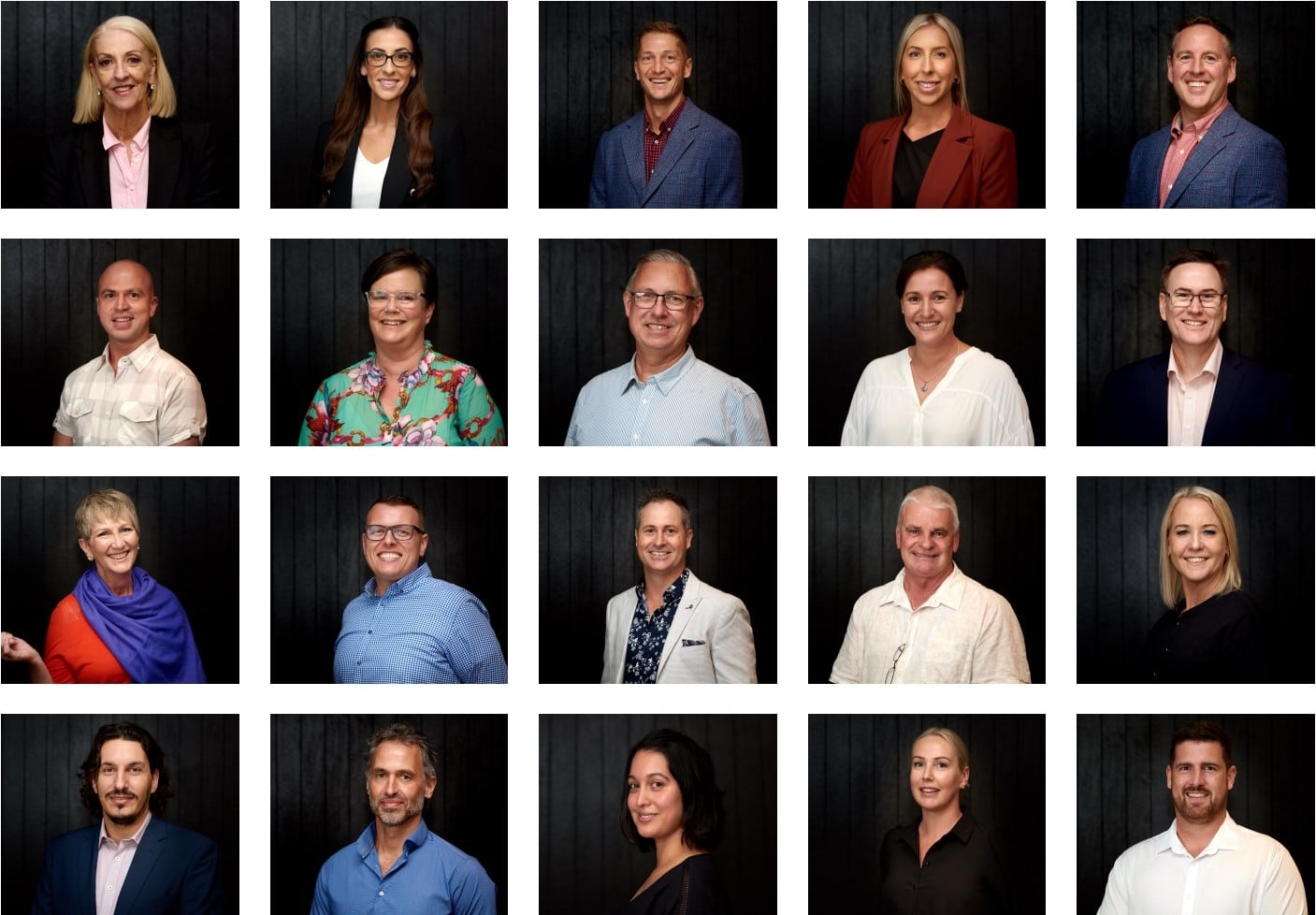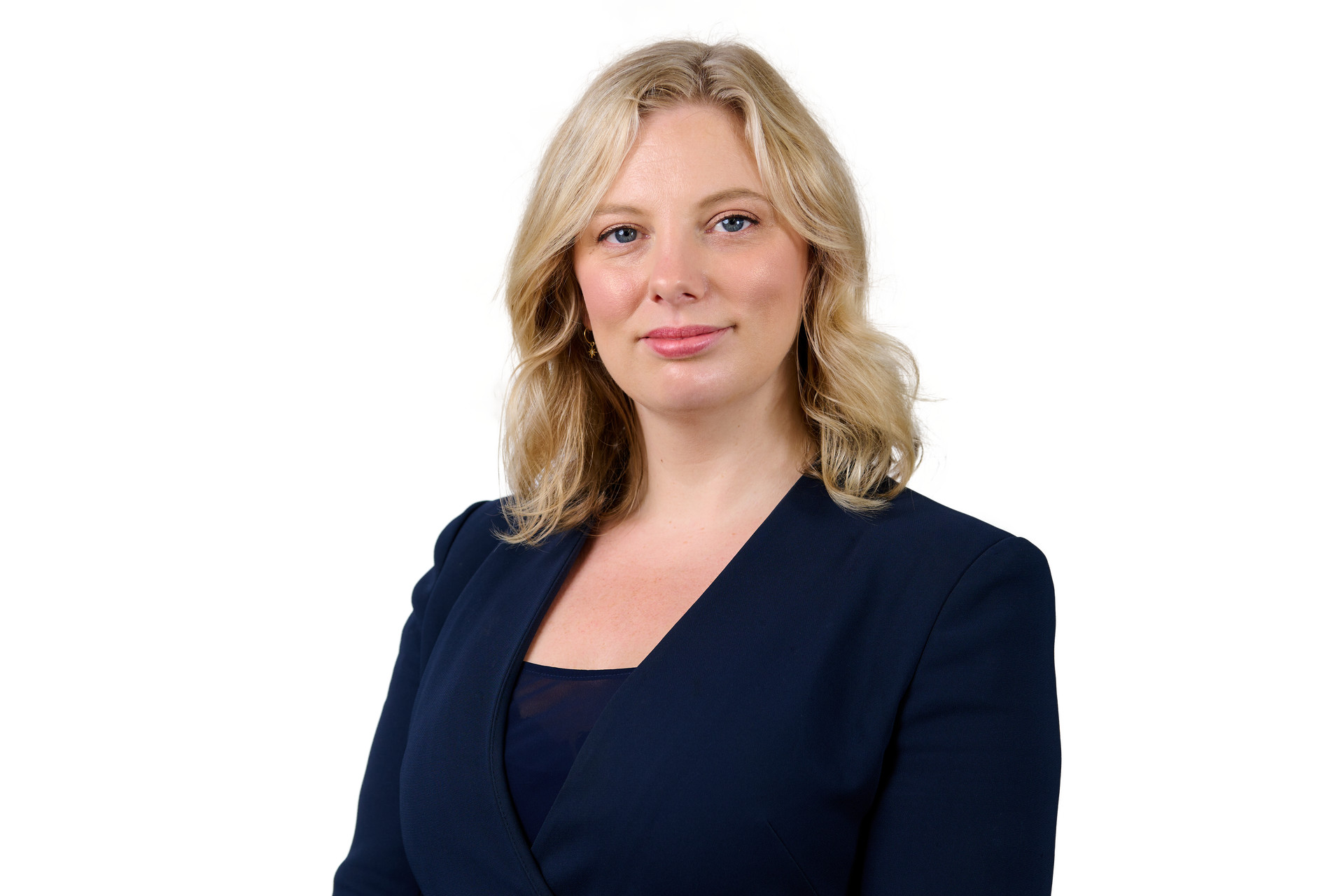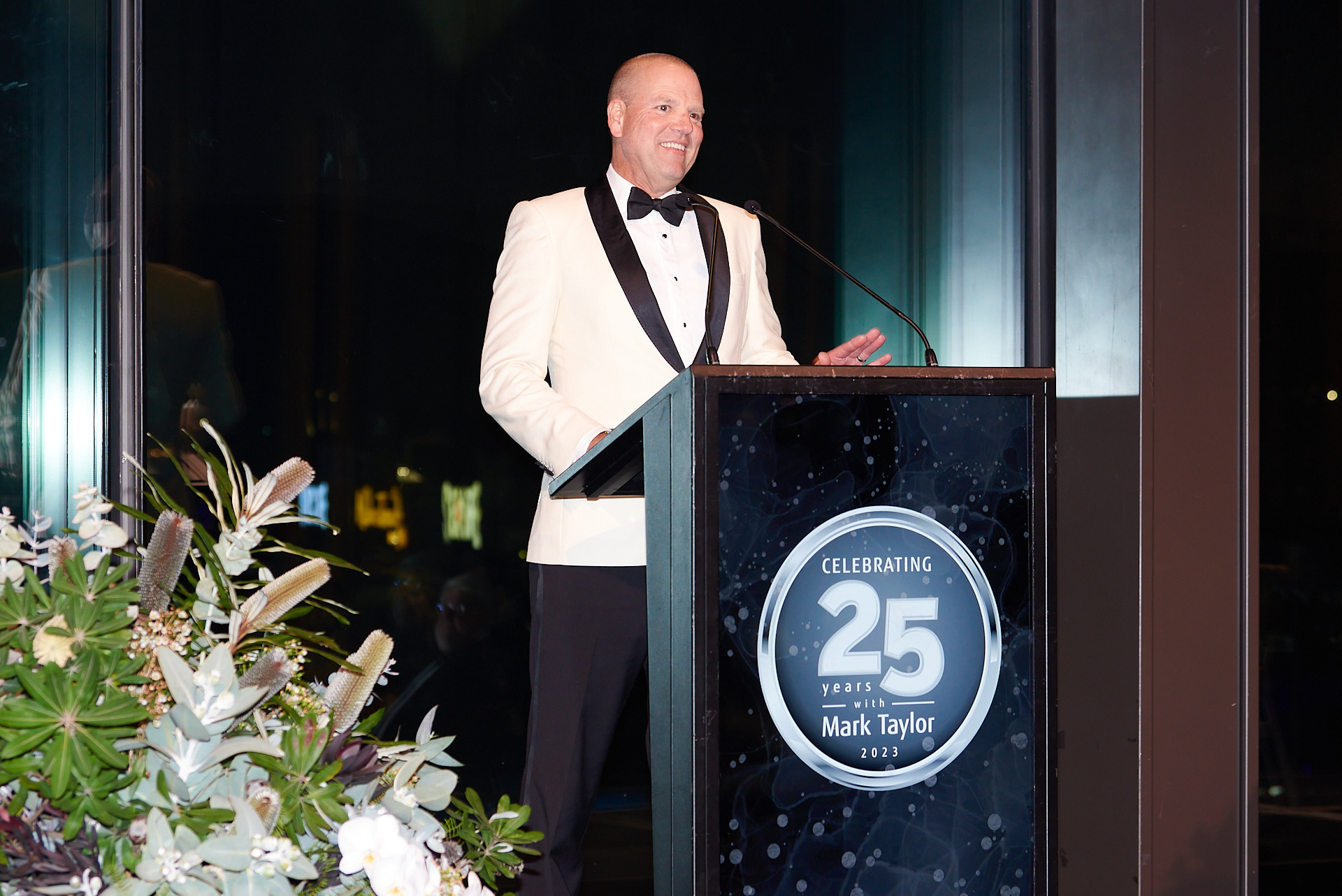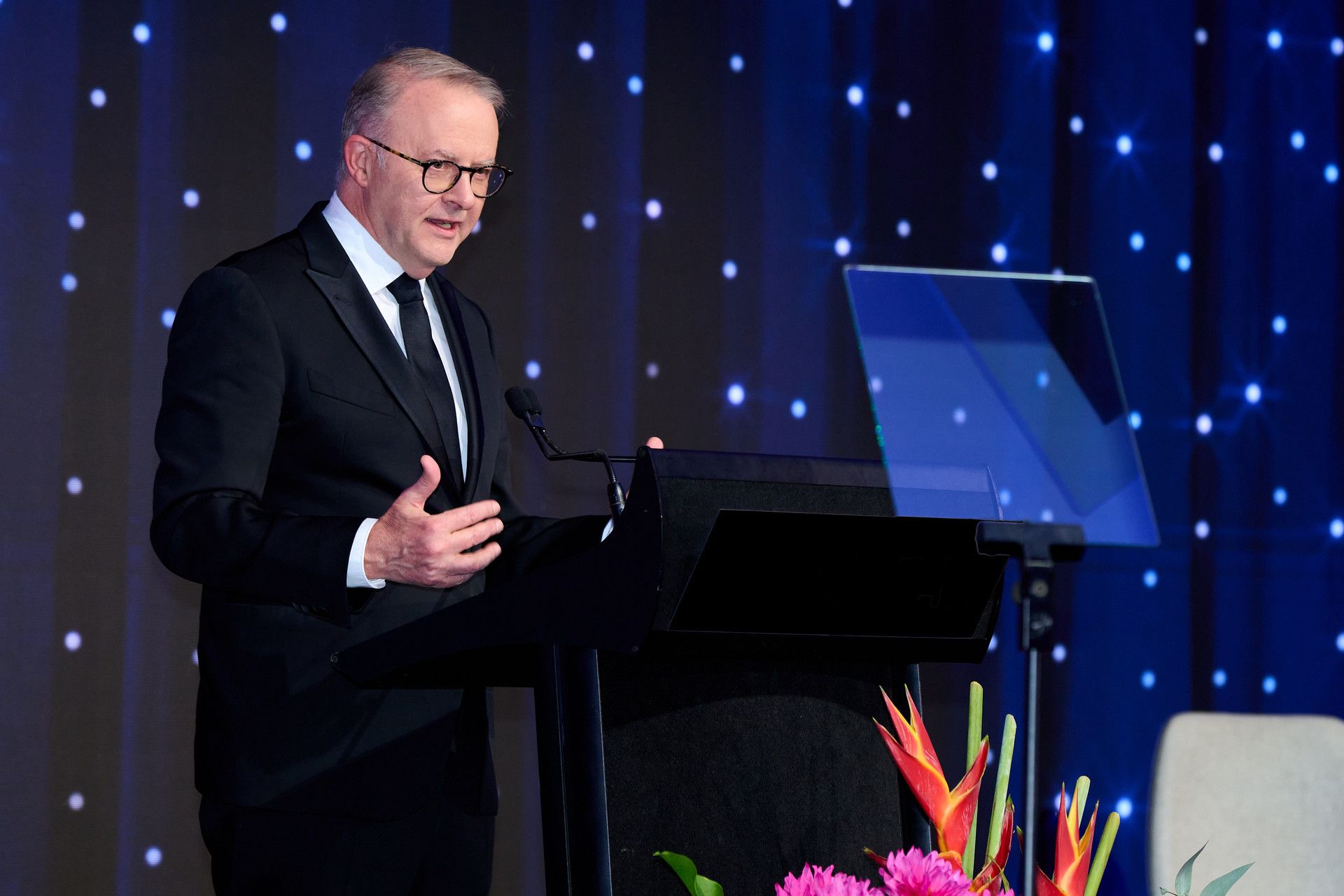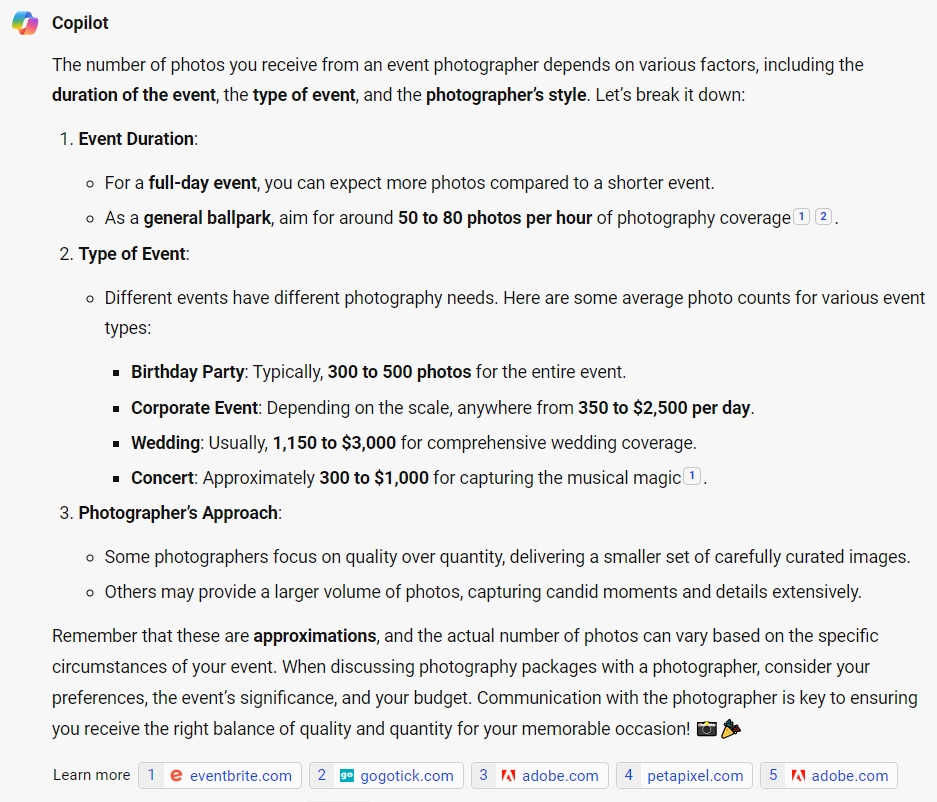An event photographer shot list can include a variety of shots, depending on the type of event and the specific needs of the client. Some common shots to include on an event shot list include:
- Welcome shots: These shots capture the arrival of guests and attendees. They can be taken at the entrance to the event venue, or at the registration table.
- Venue shots: These shots document the overall look and feel of the event venue. They can include shots of the interior and exterior of the venue, as well as shots of the decorations and signage.
- Speaker shots: These shots capture the event speakers in action. They can be taken from different angles, and can include close-up shots of the speakers’ faces, as well as wide shots that show the speakers interacting with the audience.
- Audience shots: These shots capture the audience of the event. They can be taken from different angles, and can include close-up shots of individual audience members, as well as wide shots that show the audience as a whole.
- Activity shots: These shots capture the different activities that take place at the event. They can include shots of people networking, eating, drinking, or participating in games or workshops.
- Ceremony shots: If the event includes a ceremony, such as a wedding or awards ceremony, be sure to include shots of the ceremony itself, as well as shots of the guests and attendees.
- Details shots: These shots capture the small details that make up the event. They can include shots of the food and drinks, the decorations, the event program, or anything else that you think is important to document.
- People shots: These can include candid shots of attendees interacting with each other, as well as posed shots of key speakers or VIPs.
- Action shots: These can capture the excitement of the event, such as people dancing, playing games, or giving presentations.
- Behind-the-scenes shots: These can give a glimpse of what goes on behind the scenes of the event, such as the setup process, the catering team, or the sound crew.
- Entertainment: Such as musicians or any live music at your event, so be sure to get some shots of the musicians performing. This could include close-ups of their faces, shots of them playing their instruments, or even shots of the crowd enjoying the music.
- Candid shots: Candid shots are some of the most memorable photos you can take. They capture people in the moment, laughing, talking, and enjoying themselves. Be sure to wander around the event and look for natural moments to capture.
- Group shots: If you’re shooting an event with a large number of people, be sure to get some group shots. These shots can be used to document the event and to help people remember who was there.
In addition to these common shots, you may also want to include some specific shots that are relevant to the type of event you are photographing. For example, if you are photographing a product launch event, you may want to include shots of the product itself, as well as shots of the people who are using the product.
The number of shots that you include on your shot list will depend on the length of the event and the number of people who are attending. For a small event, you may only need to take a few dozen shots. For a larger event, you may need to take hundreds of shots.
It is a good idea to give your event photographer a copy of your shot list in advance of the event. Include it in your event photographers brief before quoting as the shot list can impact the cost. This will help them to know what shots you are expecting them to take, and it will help them to plan their coverage of the event.
Here are some additional tips for creating an event photographer shot list:
- Be as specific as possible when describing the shots you want. The more specific you are, the easier it will be for your photographer to capture the shots you are looking for.
- Include a variety of shots. Don’t just focus on the big moments. Take some time to capture the smaller details as well.
- Be flexible. Things don’t always go according to plan, so be prepared to adjust your shot list as needed.
By following these tips, you can create an event photographer shot list that will help you to get the photos you need for your event.
